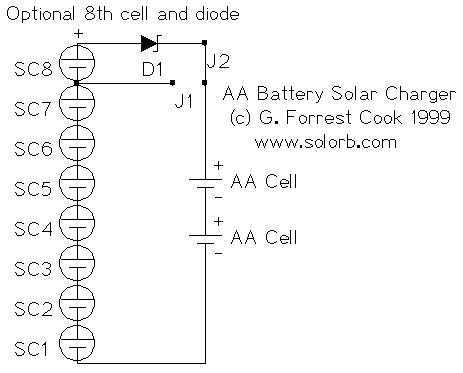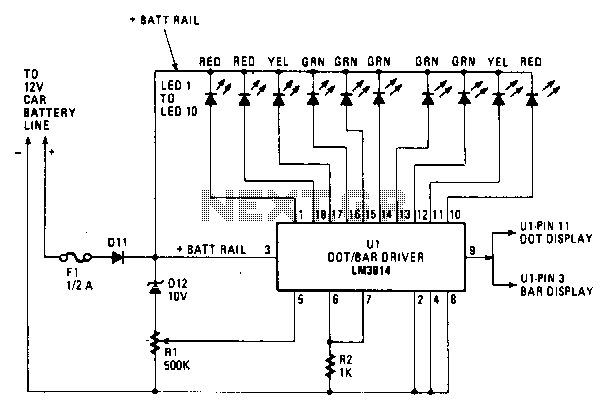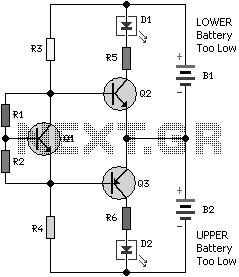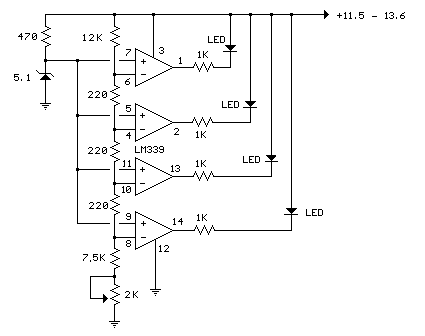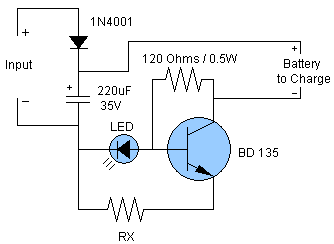
nimh battery problems and cures
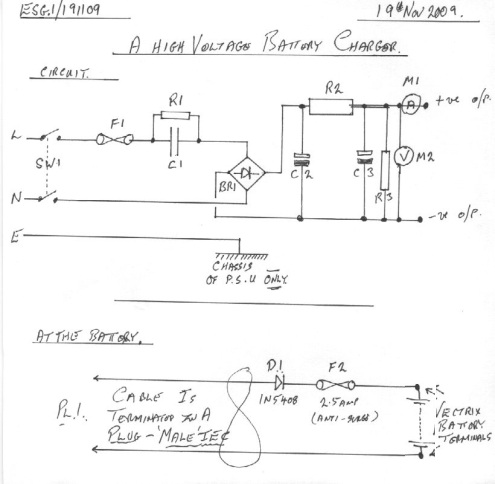
The NiMH battery chemistry is often misunderstood, with many myths surrounding its usage and maintenance. This document outlines various aspects of NiMH batteries, particularly those used in the Vectrix VX1 Maxi-scooter. The battery, supplied by G. P. Batteries of Hong Kong, consists of 102 cells, each nominally rated at 1.2 volts, totaling approximately 138 volts when fully charged (1.35 volts per cell). The cells have been selectively matched based on capacity, open circuit voltage, and internal resistance before being assembled into two battery packs: a front pack of 48 cells and a rear pack of 54 cells. Minor variations in individual cells are inevitable due to manufacturing tolerances. Additionally, internal resistance increases with age, and improper use can accelerate cell aging, leading to discrepancies in cell performance within a battery. Vectrix controlled the mechanical, electronic, and electrical design of the scooter; however, deficiencies in the electronics have resulted in several battery-related issues. Some problems have been addressed, while others remain unresolved. The primary concerns reported by Vectrix VX1 owners include poor range, blown fuses, failures of battery cooling impellers, battery overheating during operation and charging, and various warning indicators such as low battery voltage and battery overheating. High power discharge conditions, such as hard riding or hill climbing, cause uneven heating among cells, and regenerative braking during long descents can exacerbate this issue. The resultant thermal imbalance leads to varying charge levels among cells, potentially resulting in diminished range and battery damage over time. The heating of cells during use is attributed to each cell's voltage, capacity, and internal resistance. While voltage and capacity are beneficial, resistance is an undesirable characteristic that limits current draw. A drop in terminal voltage indicates resistance effects, and the heat generated can be calculated using the formula: heat (in watts) equals current squared multiplied by resistance (I^2 x R). The resistance of cells in the Vectrix battery is reported to be less than 1.2 milli-ohms (0.001 ohms).
The Vectrix VX1 Maxi-scooter employs a NiMH battery system that is crucial for its performance and reliability. The design features a dual battery configuration, consisting of 102 cells arranged into two packs, which enhances the scooter's operational voltage and capacity. Each cell's nominal voltage of 1.2 volts allows for efficient energy storage and delivery, while the total voltage of approximately 138 volts when fully charged supports the scooter's electric motor requirements.
The selective matching of cells based on key parameters such as capacity, open circuit voltage, and internal resistance is essential for ensuring uniform performance across the battery packs. Despite this meticulous selection process, inherent manufacturing variances can lead to differences in cell characteristics, impacting overall battery performance. The internal resistance of each cell, reported at less than 1.2 milli-ohms, is a critical factor that influences the battery's efficiency. As internal resistance increases with age or misuse, it can lead to significant performance degradation, necessitating careful monitoring and management of the battery system.
In practical applications, the thermal behavior of the battery during high power demand scenarios, such as steep inclines or aggressive acceleration, reveals the challenges of maintaining balance among the cells. The phenomenon of uneven heating can lead to a situation where some cells experience excessive thermal stress, resulting in imbalances that can compromise battery health over time. Regenerative braking, while beneficial for energy recovery, can exacerbate this issue by generating heat in a non-uniform manner, further complicating the thermal management of the battery system.
To mitigate these challenges, the implementation of advanced battery management systems (BMS) is recommended. A BMS can monitor individual cell voltages and temperatures, enabling proactive measures to balance the cells and prevent overheating. Additionally, integrating thermal management solutions, such as cooling systems or heat sinks, can help maintain optimal operating temperatures, thereby extending battery life and enhancing overall performance.
In conclusion, the NiMH battery system in the Vectrix VX1 Maxi-scooter represents a complex interplay of design, chemistry, and thermal dynamics. Understanding these factors is critical for optimizing battery performance, ensuring longevity, and enhancing user experience.The NiMH battery chemistry is a topic which, for most of us, is shrouded in mystery. Myths seem to form a large part of what this chemistry is about and how it should be treated or not treated as the case may be. The following script lists and explains a number of items which have been fished out of the muddy waters surounding the use and maintena
nce of NiMH batteries and particularly the battery used in the Vectrix VX1 Maxi-scooter. The battery as supplied by G. P. Batteries of Hong Kong to Vectrix, consists of 102 cells of (nominally) 1. 2 volts per cell providing a total voltage, when charged, of about 138 volts (1. 35 Volts per cell). The cells have been selectively matched for capacity, open circuit voltage and internal resistance before being built up into the pair of batteries (front battery of 48 cells and the rear battery of 54 cells) There will, of course, always be minor variations in the individual cells because, no matter how close the tolerances are in manufacture, there will always be some difference between the specific characteristics of the individual cells. Also, the internal resistance of each cell increases with ageing and cell `ageing` can itself be increased through miss-use, resulting in some cells of a battery ageing more quickly than others.
Vectrix were in total control of the design of the scooter in terms of the mechanical, electronic and electrical side of things. Unfortunately, there have proved to be some deficiencies in the design of the electronics which have resulted in some problems with the batteries.
Some of these problems have now been overcome, some are still to be dealt with. The problems are listed below along with some possible remedial actions. The main problems experienced by owners of the Vectrix VX1 have been connected with the power source i. e. the battery and it`s performance. Basically, complaints have been about poor range (Low mileage), blown fuses, failures of the battery cooling impellers, battery overheating, during riding and whilst on charge, the appearance of the `red` battery indicator (low battery Voltage) and the BATHOT (battery hot) symbol and occasionally the BUSULT (Battery under safe Voltage) warning.
It has been noted that under conditions of high power discharge (hard riding / hill climbing) some of the cells within the battery suffer a greater heating effect than others. It has also been noted that, on long hill descents, regenerative braking also results in the heating of some cells more than others (and all cells when the battery is near to `full`).
This has the effect that those cells which are hotter suffer from greater internal losses than the cooler cells and this in turn creates an imbalance in the individual cell charges i. e. some cells have more or less ampere hours stored than others. The `knock on` effect of the above is that the situation just gets worse and the cells become further imbalanced over time.
This imbalance, if allowed to get out of hand, results eventually in low range and/or the appearance of various warning symbols and, at worst, a damaged battery. The basic reason that the cells heat up in use is because each cell has a voltage, a capacity and an internal resistance.
The voltage and capacity are both of great value to us but the resistance is the unwanted feature of all batteries. The resistance of a battery limits the current that can be drawn from the battery. When the voltage at the terminals drops due to the current being drawn, you are seeing the effect of the battery`s resistance.
The higher this resistance the less current can be drawn for a given voltage drop. When current is passed through a resistance heat is generated. This heat can be measured or calculated. The heat in watts is equal to IxIxR (the current squared, multiplied by the resistance). In the Vectrix battery the cell resistance is quoted at `less than 1. 2 milli ohms` i. e. 0. 001 ohms. If we ass 🔗 External reference
The Vectrix VX1 Maxi-scooter employs a NiMH battery system that is crucial for its performance and reliability. The design features a dual battery configuration, consisting of 102 cells arranged into two packs, which enhances the scooter's operational voltage and capacity. Each cell's nominal voltage of 1.2 volts allows for efficient energy storage and delivery, while the total voltage of approximately 138 volts when fully charged supports the scooter's electric motor requirements.
The selective matching of cells based on key parameters such as capacity, open circuit voltage, and internal resistance is essential for ensuring uniform performance across the battery packs. Despite this meticulous selection process, inherent manufacturing variances can lead to differences in cell characteristics, impacting overall battery performance. The internal resistance of each cell, reported at less than 1.2 milli-ohms, is a critical factor that influences the battery's efficiency. As internal resistance increases with age or misuse, it can lead to significant performance degradation, necessitating careful monitoring and management of the battery system.
In practical applications, the thermal behavior of the battery during high power demand scenarios, such as steep inclines or aggressive acceleration, reveals the challenges of maintaining balance among the cells. The phenomenon of uneven heating can lead to a situation where some cells experience excessive thermal stress, resulting in imbalances that can compromise battery health over time. Regenerative braking, while beneficial for energy recovery, can exacerbate this issue by generating heat in a non-uniform manner, further complicating the thermal management of the battery system.
To mitigate these challenges, the implementation of advanced battery management systems (BMS) is recommended. A BMS can monitor individual cell voltages and temperatures, enabling proactive measures to balance the cells and prevent overheating. Additionally, integrating thermal management solutions, such as cooling systems or heat sinks, can help maintain optimal operating temperatures, thereby extending battery life and enhancing overall performance.
In conclusion, the NiMH battery system in the Vectrix VX1 Maxi-scooter represents a complex interplay of design, chemistry, and thermal dynamics. Understanding these factors is critical for optimizing battery performance, ensuring longevity, and enhancing user experience.The NiMH battery chemistry is a topic which, for most of us, is shrouded in mystery. Myths seem to form a large part of what this chemistry is about and how it should be treated or not treated as the case may be. The following script lists and explains a number of items which have been fished out of the muddy waters surounding the use and maintena
nce of NiMH batteries and particularly the battery used in the Vectrix VX1 Maxi-scooter. The battery as supplied by G. P. Batteries of Hong Kong to Vectrix, consists of 102 cells of (nominally) 1. 2 volts per cell providing a total voltage, when charged, of about 138 volts (1. 35 Volts per cell). The cells have been selectively matched for capacity, open circuit voltage and internal resistance before being built up into the pair of batteries (front battery of 48 cells and the rear battery of 54 cells) There will, of course, always be minor variations in the individual cells because, no matter how close the tolerances are in manufacture, there will always be some difference between the specific characteristics of the individual cells. Also, the internal resistance of each cell increases with ageing and cell `ageing` can itself be increased through miss-use, resulting in some cells of a battery ageing more quickly than others.
Vectrix were in total control of the design of the scooter in terms of the mechanical, electronic and electrical side of things. Unfortunately, there have proved to be some deficiencies in the design of the electronics which have resulted in some problems with the batteries.
Some of these problems have now been overcome, some are still to be dealt with. The problems are listed below along with some possible remedial actions. The main problems experienced by owners of the Vectrix VX1 have been connected with the power source i. e. the battery and it`s performance. Basically, complaints have been about poor range (Low mileage), blown fuses, failures of the battery cooling impellers, battery overheating, during riding and whilst on charge, the appearance of the `red` battery indicator (low battery Voltage) and the BATHOT (battery hot) symbol and occasionally the BUSULT (Battery under safe Voltage) warning.
It has been noted that under conditions of high power discharge (hard riding / hill climbing) some of the cells within the battery suffer a greater heating effect than others. It has also been noted that, on long hill descents, regenerative braking also results in the heating of some cells more than others (and all cells when the battery is near to `full`).
This has the effect that those cells which are hotter suffer from greater internal losses than the cooler cells and this in turn creates an imbalance in the individual cell charges i. e. some cells have more or less ampere hours stored than others. The `knock on` effect of the above is that the situation just gets worse and the cells become further imbalanced over time.
This imbalance, if allowed to get out of hand, results eventually in low range and/or the appearance of various warning symbols and, at worst, a damaged battery. The basic reason that the cells heat up in use is because each cell has a voltage, a capacity and an internal resistance.
The voltage and capacity are both of great value to us but the resistance is the unwanted feature of all batteries. The resistance of a battery limits the current that can be drawn from the battery. When the voltage at the terminals drops due to the current being drawn, you are seeing the effect of the battery`s resistance.
The higher this resistance the less current can be drawn for a given voltage drop. When current is passed through a resistance heat is generated. This heat can be measured or calculated. The heat in watts is equal to IxIxR (the current squared, multiplied by the resistance). In the Vectrix battery the cell resistance is quoted at `less than 1. 2 milli ohms` i. e. 0. 001 ohms. If we ass 🔗 External reference
